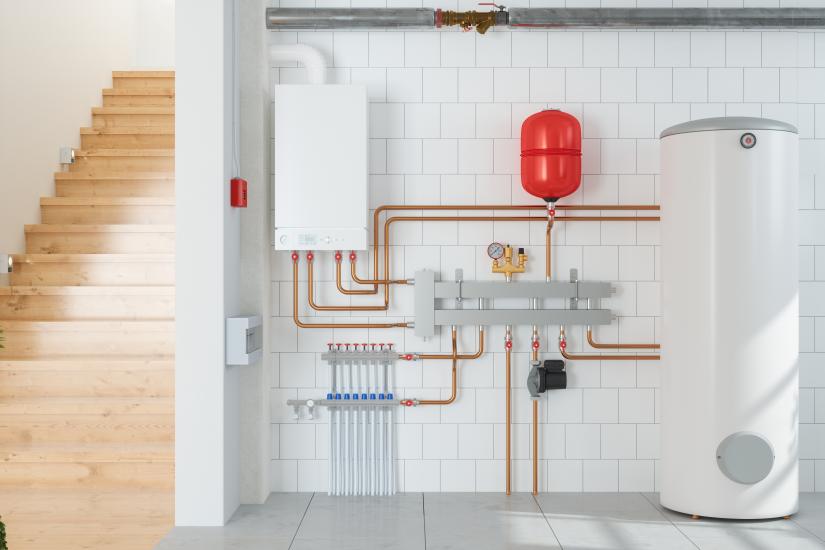Domestic hot water use is responsible for around a fifth of Australian residential greenhouse gas emissions and a quarter of household energy use. The Australian Government has committed to a 43% reduction in carbon emissions by 2030 and net zero by 2050.
Deploying electric water heating technologies is a key instrument for achieving these targets through enabling fuel switching, increasing efficiency, and supporting more renewables in the grid. However, the technologies best suited for this—heat pumps and electric storage—offer differing benefits in terms of efficiency, emissions reductions, upfront and running costs, flexibility, and ease of retrofit.
Heat pump water heaters can reduce energy use and emissions significantly and have received generous government incentives, but are not suitable for all homes. Resistance electric water heaters with storage are less efficient, but with ‘smart’ controls can provide greater demand flexibility that can support the integration of renewable energy in the grid while helping overcome resulting challenges such as minimum demand. Potential pathways are therefore likely to include optimising of existing electric storage systems to use renewable output, increased uptake of heat pumps where they can be installed, and a decline in the installed base of gas water heaters. However, these transition pathways are yet to be interrogated, while the costs and benefits of alternative scenarios remained unquantified.
Australian Renewable Energy Agency (ARENA) commissioned the UTS Institute for Sustainable Futures to investigate these pathways and assess the potential role of domestic hot water as a flexible load that can accelerate the path to net zero. Four scenarios were developed following a review of the available literature, interviews with key stakeholders, and modelling of Australia’s water heater stock out to 2040. A range of possible futures were explored in these scenarios, including a Business as Usual scenario, and alternative scenarios that emphasise flexibility, efficiency or both.
The results from this research found:
- A business-as-usual scenario would represent a major missed opportunity to use domestic water heaters as a significant source of flexible demand equal to 15–31 GWh/day.
- The phasing out of gas water heaters in homes would provide consumers with combined annual savings of $4.7–6.7 billion by 2040.
- More aggressive electrification of water heating could reduce emissions three to five times more than remaining on the current trajectory.
- Many barriers remain for driving the uptake of electric water heating in homes, and the activation of their flexible demand capacity, including a lack of easy solutions and compelling customer proposition.
- When electrifying water heating, achieving positive outcomes does not require a choice between either efficiency or flexibility—both can be achieved at scale with the right policy mix.
RESEARCH OUTPUTS
Domestic Hot Water and Flexibility (2023) (Report)
MEDIA
How your hot water system could be tweaked to reduce power bills - The Sydney Morning Herald, 7 June 2023
How your hot water system could be tweaked to reduce power bills - The Age, 7 June 2023
How Your Electric Water Heater Can Save Money and Energy - 2ser Radio, 7 June 2023
Electric water heaters could do work of 2 million home batteries – and save billions - Renew Economy, 5 June 2023
Using electric water heaters to store renewable energy could do the work of 2 million home batteries - PV Magazine, 5 June 2023
Using electric water heaters to store renewable energy could do the work of 2 million home batteries – and save us billions - Yahoo! News, 5 June 2023
Researchers
-
Research Director – Strategic Energy Collaborations
-
Research Director
-
Senior Research Consultant
-
 Abhi ChatterjeeSenior Research Consultant
Abhi ChatterjeeSenior Research Consultant -
Program lead - Water futures
-
Professor and Director, ISF
Year
- 2022
Location
- Australia
Client
- Australian Renewable Energy Agency (ARENA)








